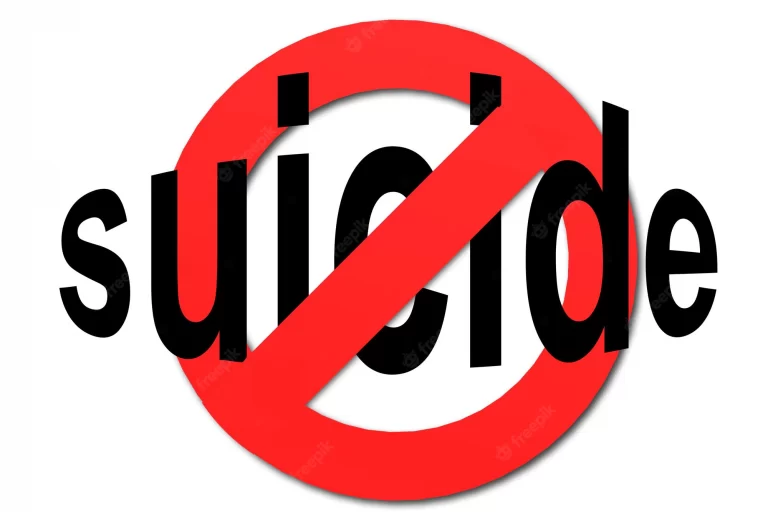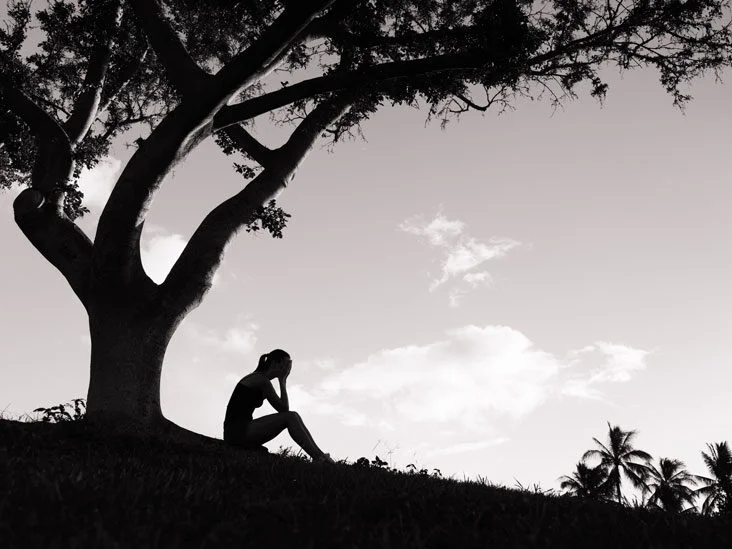
The major reasons behind the suicides are poverty, unemployment, falling socio-economic status, marital issues, domestic violence, addiction to drugs and psychological issues.
Abdul Hafeez Haral
Sindh, with a population of 47.9 million (Census 2017) is the second largest province by population and has the highest suicide rate in Pakistan. The reasons behind suicide rates don’t explain completely the phenomenon of suicides. As the authorities are unable to mitigate the factors of suicide, suicide rates keep rising at an alarming rate. With effective policies and regulations, authorities can control suicide rates.
The population is divided into three age groups: group A, whose age is between 0-14 years, is 19.5 million; group B, whose age is between 15-64 years, is 26.9 million; and group C, whose age is above 65 years, is 1.5 million. The data collected in 2020 by Sindh Police shows that 681 Muslims and 606 Hindus committed suicide between Jan 1, 2014 and June 30, 2019, which adds up to 1287 including 586 women. Sorrowfully, the data reveals that 702 of them were adults aging between 21 and 40.
According to the data, Mirpurkhas range witnessed the suicidal deaths of 646 people, including 356 females and 324 of them aged between 21 and 40 years. Of the 646 deceased people, 449 were Hindus and 197 Muslims.
In Hyderabad, 299 people, including 116 females and 191 victims aged between 21 and 40, ended their lives. 187 people were Hindus and 112 people were Muslims.
In Shaheed Benzirabad, 181 people, including 75 females, and 91 of them aged between 21 and 40, committed suicide. Numerically, Muslims numbered 139 while Hindus numbered 42.
In Karachi, 107 people, including 25 females, committed suicide, 68 of them aged between 21 and 40.
In Larkana, 48 people, including 12 females, and 25 of them aged between 21 and 40, took their lives. Among the deceased, 47 were Muslims and one was Hindu.
In Sukkur, only 6 people, including two women, and three of them aged between 21 and 40, committed suicide. Some 5 of them were Muslims, and 1 was Hindu.
Regretfully, the numbers show that Scheduled Castes committed more suicides than the combined suicides of Muslims and other communities. Of the 1287 suicides, 680 victims belonged to the Scheduled Castes, the lowest socio-economic class of the Hindu community.
 According to Sindh Police, people took their lives by hanging, administering poison (drinking pesticides), drowning (jumping into a well), self-immolation, fenestration (jumping from high places), gunshot, and sharp blade/knife.
According to Sindh Police, people took their lives by hanging, administering poison (drinking pesticides), drowning (jumping into a well), self-immolation, fenestration (jumping from high places), gunshot, and sharp blade/knife.
The major reasons behind the suicides are poverty, unemployment, falling socio-economic status, marital issues, domestic violence, addiction to drugs and psychological issues such as depression and anxiety, they added. However, in these factors, social media hasn’t been included, which is utmost reason behind today’s increasing suicides. When adults are immersed in social media, they aren’t just using mobile phones; they are also vulnerable to online harassment and blackmailing, which encourages victims to kill themselves before their reputation is sacrificed. And the other reason behind students’ suicides is parents’ higher expectations, which are hardly met by their kids. As a result, they commit suicide out of frustration.
The authorities have been failing to tackle the suicide rates. According to the study published in BMC Psychiatry, average suicide rates for the years 1985–1999 in the province of Sindh were calculated to be 1150. Since then, suicide rates have been increasing at an alarming rate, yet the Sindh Police and concerned authorities are unable to control suicides.
Uncontrolled suicide rates have long-lasting effects on all levels of society. Suicides rob us of the smart minds who might have contributed to the betterment of society. Therefore, Sindh Government and society should play their respective roles to halt the surging suicide rates.
The Sindh government’s roles include: establishing mental health services in each city, in which the government should appoint expert psychologists and psychiatrists; providing equal economic opportunities to all people; setting wages according to hiked prices; establishing psychological and harassment cells in higher educational institutions, which will help prevent suicide rates among students; initiating TV programs against domestic violence; setting up a separate unit for suicide cases in each police station; cyberbullying, which has become common in teenagers, should be curbed by developing the applications to report harassments and Sindh Police has to be quick to investigate online harassments.
However, the Sindh government alone can’t stop the soaring suicide rates. It also needs our equal roles. First, parents should not only listen to their children’s problems; they need to solve their children’s problems quickly. Second, if a friend in the circle of friends is having suicidal thoughts and behavior, other friends should listen to his/her problems and make him/her realize that he/she is not alone in this problems. Finally, co-workers should stand with each other in need of an hour.
In summary, Sindh is the second largest province by population. It has the highest suicide rates and they have increased at the speed of light since 1985. If left unchecked, they can wreak havoc on all levels of society. The Sindh government, along with the role of society, can eliminate the reasons behind the suicides and save talented minds.
_____________________
Abdul Hafeez Haral is student of BS English, 2nd year at Shaheed Benazir Bhutto University Shaheed Benazir Abad.